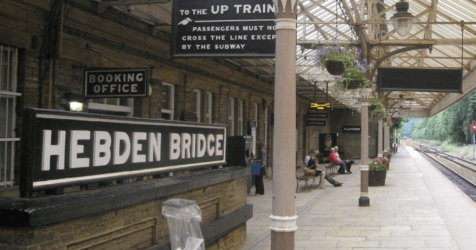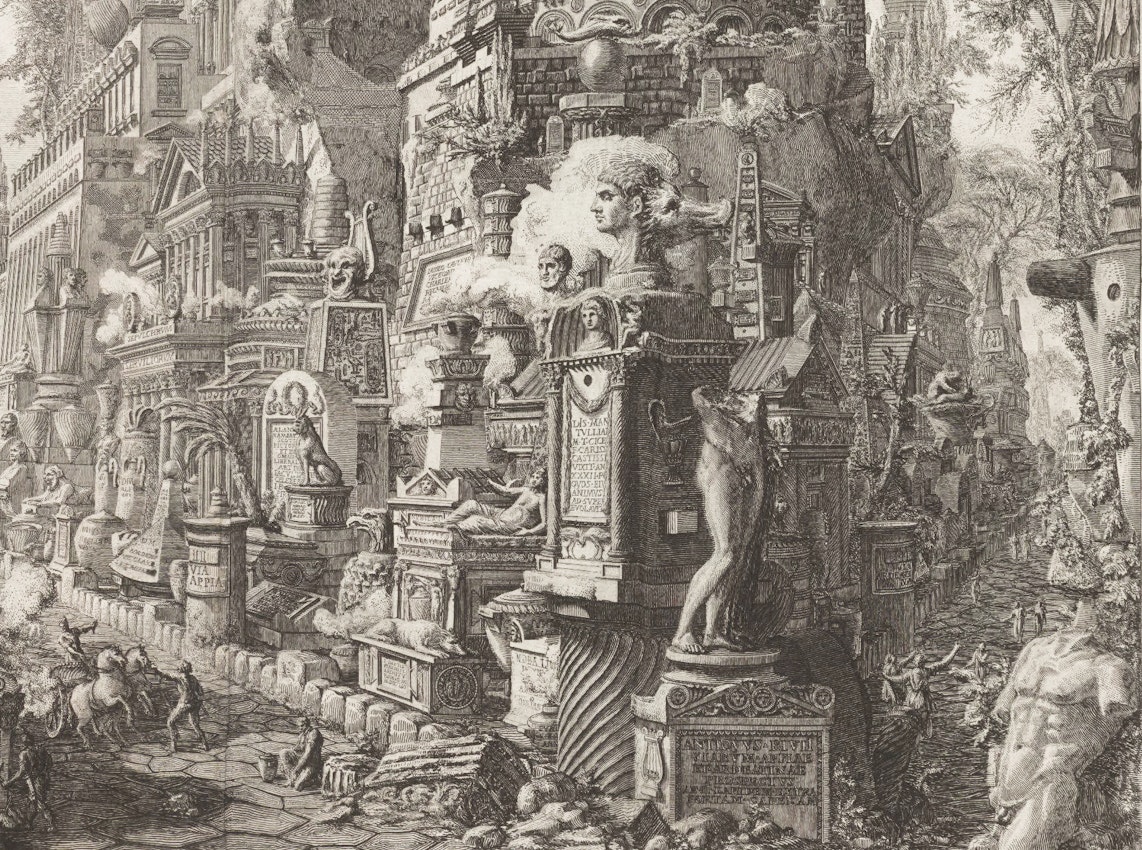Re: Film and Architecture Festival
Posted: Tue Oct 06, 2020 11:32 am
2.4/ in intro speech, there was also a comparison of Villa Savoye (exemplar of a functionalist dwelling place, from 1928-1931, by Le Corbusier) and AA's Villa Mairea from 1938-39 (no lees modernist than the previous, but with a different vibe – more "organic")...
https://en.wikipedia.org/wiki/Villa_Savoye
https://en.wikipedia.org/wiki/Villa_Mairea
3.12/ in the film was displayed AA's "Maison Louis Carré". Louis Carré was an art collector, who lived in Paris in the house designed by Le Corbusier, LC himself lived not far away from Louis, they were friends. however, when Louis intended to build a house out of Paris to store his art collection, he commissioned AA...
https://www.archdaily.com/356209/ad-cla ... lvar-aalto
-----
based on film, i already mentioned close personal relations of AA with a theoretician Sigfried Giedion
https://en.wikipedia.org/wiki/Sigfried_Giedion
now i read on wiki...
3.13/ after Aino died Alvar made several drawings of his deceased wife on a deathbed. they were displayed in the film. i can't find them online???
https://en.wikipedia.org/wiki/Villa_Savoye
https://en.wikipedia.org/wiki/Villa_Mairea
3.12/ in the film was displayed AA's "Maison Louis Carré". Louis Carré was an art collector, who lived in Paris in the house designed by Le Corbusier, LC himself lived not far away from Louis, they were friends. however, when Louis intended to build a house out of Paris to store his art collection, he commissioned AA...
https://www.archdaily.com/356209/ad-cla ... lvar-aalto
-----
based on film, i already mentioned close personal relations of AA with a theoretician Sigfried Giedion
https://en.wikipedia.org/wiki/Sigfried_Giedion
now i read on wiki...
critique of AA in his homeland mentioned in a nutshell in previous post as well. wiki elaborates as follows...Aalto's international reputation was sealed with his inclusion in the second edition of Sigfried Giedion's influential book on Modernist architecture, Space, Time and Architecture: The growth of a new tradition (1949), in which Aalto received more attention than any other Modernist architect, including Le Corbusier. In his analysis of Aalto, Giedion gave primacy to qualities that depart from direct functionality, such as mood, atmosphere, intensity of life and even national characteristics, declaring that "Finland is with Aalto wherever he goes". However, a few more recent architecture critics and historians have questioned Aalto's position of influence in the canonic history. Italian Marxist architecture historians Manfredo Tafuri and Francesco Dal Co put forward the viewpoint that Aalto's "historical significance has perhaps been rather exaggerated; with Aalto we are outside of the great themes that have made the course of contemporary architecture so dramatic. The qualities of his works have a meaning only as masterful distractions, not subject to reproduction outside the remote reality in which they have their roots." Their viewpoint was propounded by their own priority given to urbanism, seeing Aalto as an anti-urban, and thus consequently disparaging what they regarded as peripheral non-urban areas of the world: "Essentially his architecture is not appropriate to urban typologies." Similarly concerned with the appropriateness of Aalto's form language, at the other end of the political spectrum, American postmodernist critic Charles Jencks made a claim for the need for buildings to signify meaning; however, he then lifted out Aalto's Pensions Institute building as an example of what he termed Aalto's 'soft paternalism': "Conceived as a fragmented mass to break up the feeling of bureaucracy, it succeeds all too well in being humane and killing the pensioner with kindness. The forms are familiar red brick and ribbon-strip windows broken by copper and bronze elements – all carried through with a literal-mindedness that borders on the soporific."
-------But also during Aalto's lifetime he faced critique from his fellow architects in Finland, most notably Kirmo Mikkola and Juhani Pallasmaa; by the last decade of his life Aalto's work was seen as idiosyncratic and individualistic, when the opposing tendencies of rationalism and constructivism – often championed under left-wing politics – argued for anonymous virtually non-aesthetic architecture. Mikkola wrote of Aalto's late works: "Aalto has moved to his present baroque line."
3.13/ after Aino died Alvar made several drawings of his deceased wife on a deathbed. they were displayed in the film. i can't find them online???





















































